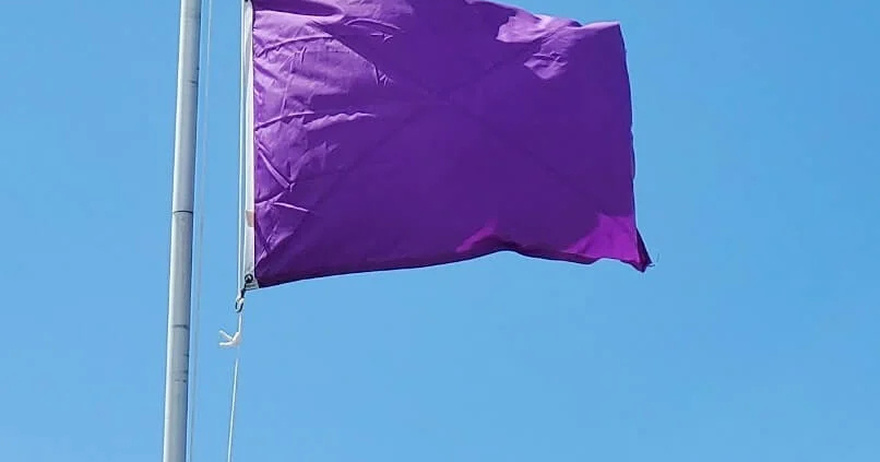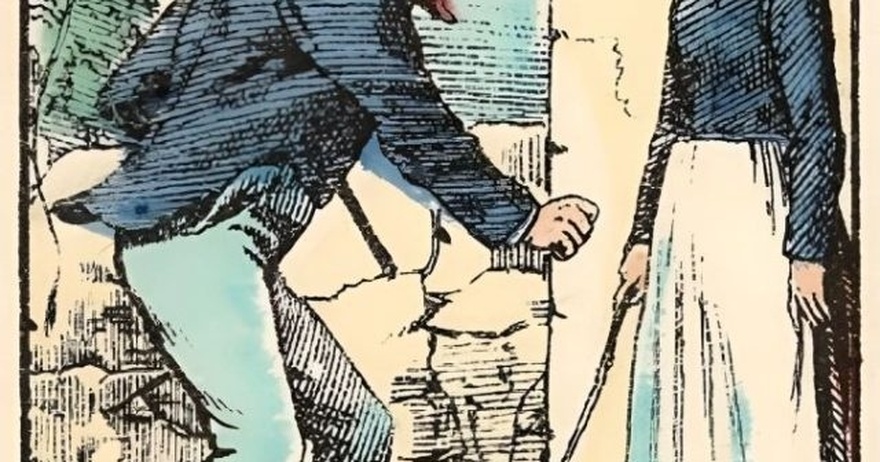As a beach lover, I’ve spent countless sunny days soaking up rays, building sandcastles, and playing in the waves. The beach’s salty breeze, crashing waves, and warm sand never fail to bring me joy. But recently, I encountered a curious sight that caught me off guard—a purple flag waving in the wind.
We’re all familiar with the typical beach flags: green for calm waters, red for rough conditions, and yellow for moderate hazards. But what exactly does the purple flag mean? If you’re like me, you might be surprised to learn what it really signifies.
Decoding the Language of Beach Flags
Imagine this: it’s a perfect day at the beach, and you’re all set to dive into the waves. You scan the beach flags for a quick read on the water conditions. Green means it’s safe, yellow signals caution, and red warns of dangerous waters. But then, you notice a purple flag fluttering, adding a layer of mystery to your beach day.
What Does the Purple Flag Indicate?
Driven by curiosity, I had to uncover the meaning behind this unusual flag. It turns out that the purple flag is more than just a warning—it’s a message from the ocean itself, cautioning beachgoers about the presence of marine pests. That’s right! This flag signals that marine animals like jellyfish, stingrays, or other potentially dangerous sea creatures might be in the area.
Marine Pests: What You Need to Know
When you see a purple flag, it’s a sign that the ocean might have some “uninvited guests” lurking beneath the surface. Jellyfish, with their stinging tentacles, are one of the most common marine pests flagged by this signal. However, stingrays and other hazardous sea creatures might also be present. While the ocean remains a beautiful place to swim, the purple flag reminds us to be extra careful and aware of potential risks.
A Quick Refresher on Other Beach Flags
It’s helpful to remember what the other beach flags mean:
Green Flag: The water is calm, and conditions are safe for swimming.
Yellow Flag: There are moderate hazards, so be a bit more cautious before jumping in.
Red Flag: High hazard, rough waters, and increased risks—only experienced swimmers should enter the water.
Double Red Flag: Water is off-limits due to extreme danger; swimming is prohibited.
Each of these flags plays an essential role in keeping beachgoers informed and safe.
Why the Purple Flag Matters
The purple flag’s message is simple: “Be cautious—marine pests might be present.” It’s an important reminder that the ocean is not only home to waves and sand but also to a diverse ecosystem of marine life. These creatures are a natural part of the ocean’s environment, and it’s crucial to coexist with them safely.
How to Stay Safe When You See a Purple Flag
If you encounter a purple flag at the beach, here’s what you should do:
Stay Informed: Ask lifeguards or beach officials about the specific marine pests in the area that day.
Be Cautious: If you decide to enter the water, remain vigilant, especially in shallow areas where stingrays may hide.
Protect Yourself: Consider wearing protective clothing, such as rash guards, or using creams that help prevent jellyfish stings.
Educate Others: Share your knowledge of the purple flag’s meaning with other beachgoers so everyone can stay safe.
Respect the Ocean’s Warnings
The purple flag serves as a reminder that the ocean, while inviting, is also home to creatures that deserve respect. Jellyfish, stingrays, and other marine animals are vital parts of the ocean’s ecosystem. By understanding their presence, we can enjoy the beach safely while respecting the sea’s natural inhabitants.
Conclusion: The Ocean’s Cautionary Message
The next time you see a purple flag at your favorite beach, remember that it’s the ocean’s way of saying, “Welcome, but be aware.” This signal helps us appreciate both the beauty and the potential dangers of the sea. By understanding and respecting the beach’s flag system, we can continue to enjoy the waves while staying safe and informed.






























